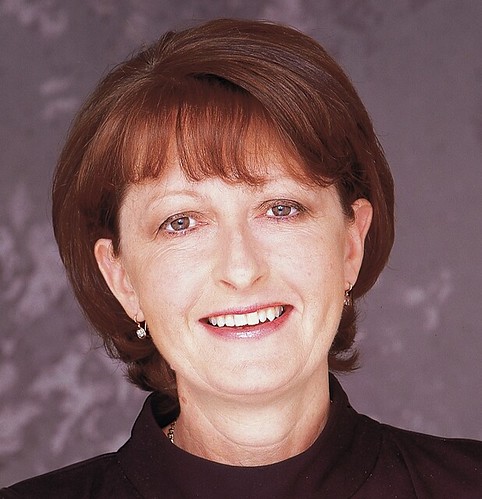How green is my reformulation?

Recently 6minutes reported that the December issue of Australian Prescriber had been delayed and might be pulped over legal concerns about an article on “evergreening” drug patents.
Evergreening is a drug company strategy which aims to extend patents on popular drugs usually by leaving the active chemical entity essentially intact and fiddling at its edges.
For example, the drug may be altered sufficiently to claim it’s a longer acting preparation, has a different salt or is a superior isomer; perindopril (Coversyl) is a well-publicised example.
Such practices are put under the spotlight in a new market analyst report about ‘reformulation’, which sounds awfully similar to ‘evergreening’.
Compiled by Datamonitor, which claims to be the world’s leading provider of online data and analysis, the report’s press release is titled: “Pharma turns to reformulation to maximize ROI”.
For the uninitiated, ROI stands for ‘return on investment’, and is for any profit-making company a core goal, doctors included.
In what’s hardly a new revelation, the report identifies shrinking drug pipelines as a major threat to pharma profits, in addition to the incursion by generics.
Hence, companies guard their remaining blockbusters zealously, seeking to maximise return on investment.
In an industry where abbreviations and jargon rule, “product lifecycle management (LCM) is an integral part of portfolio continuation and preservation”, the report says, with ‘reformulation’ a common technique to achieve this aim.
“From 2002-2005, 39% of the total product launches from the 50 top manufacturers were reformulations”, according to the report, which outlines four types of the method.
“Switch and grow” is an early to mid-stage strategy whereby patients are “switched from the old to a new and competitively differentiated formulation”, the report says, in turn providing a repositioning of the molecule in the marketplace and an opportunity to grow sales.
A related manoevre, “expand and grow”, apparently involves expanding the scope of the drug by gaining approval for extra indications and growing the market.
Further along in a drug’s life cycle, ‘generic defence’ reformulation becomes relevant, and can provide a chance to switch patients to a new formulation and thereby extend the patent.
Lastly, the “market grab” is a late strategy invoked after a patent’s expiry, where companies develop a reformulation or ‘supergeneric’ that can capture market share from a molecule’s original brand franchise and from other manufacturer’s, including generics”, the report says.
Pfizer’s recent experience with torcetrapib shows the extent of the losses companies face when a drug doesn’t meet expectations, so on one level none of the above should be surprising.
Senior pharmaceutical company executives are merely doing their jobs, trying to maximize ROI.
It just sounds a little crass spelt out so clearly, and when one thinks of how the money might otherwise be spent.



